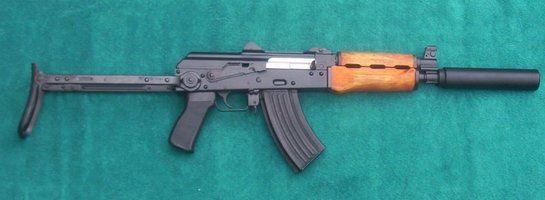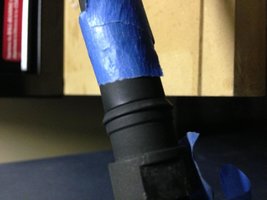Has anyone had luck using Peel washers where you need to turn it close to an entire turn to get the compensator aligned correctly?
The VLTOR compensator devices come with a stainless peel washer which looks flat on both sides. My fear is that to get it to take nearly another turn that the force will be excessive on the threaded barrel.
The procedure I believe is as follows:
1) Set the torque wrench to 15ft-lbs and torque the device on.
2) Then bump up the torque wrench (5ft-lb steps?) and torque until the muzzle device is aligned to the manufacture spec (ie timed to 6 o'clock). What would be excessive torque - not to exceed?
If I use a peel/crush washer can someone provide the correct guidelines:
1) Can you reuse a previously used crush washer? How about a peel washer.
2) Narrow end goes toward the muzzle end against the muzzle device.
The VLTOR compensator devices come with a stainless peel washer which looks flat on both sides. My fear is that to get it to take nearly another turn that the force will be excessive on the threaded barrel.
The procedure I believe is as follows:
1) Set the torque wrench to 15ft-lbs and torque the device on.
2) Then bump up the torque wrench (5ft-lb steps?) and torque until the muzzle device is aligned to the manufacture spec (ie timed to 6 o'clock). What would be excessive torque - not to exceed?
If I use a peel/crush washer can someone provide the correct guidelines:
1) Can you reuse a previously used crush washer? How about a peel washer.
2) Narrow end goes toward the muzzle end against the muzzle device.


